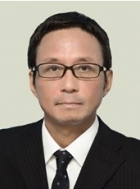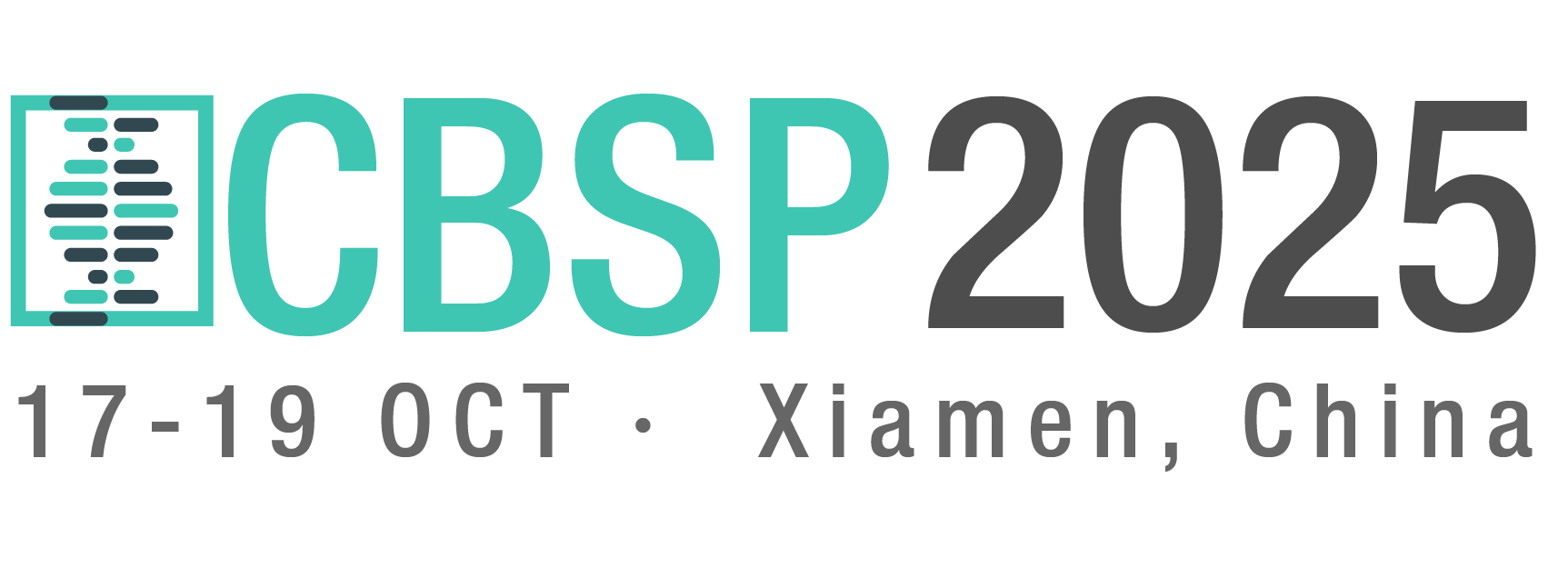
Assoc. Prof. Shinji Kawakura
The Kyoto College of Graduate Studies for Informatics, Japan
Shinji Kawakura is Associate Professor at The Kyoto College of Graduate Studies for Informatics, Kyoto-Fu, Kyoto, Japan. He got his Ph.D. in Environmentology, University of Tokyo, 2015, Bunkyo-ku, Tokyo, Japan, B.A. in Control System Engineering, Tokyo Institute of Technology, 2003, Meguro-ku, Tokyo, Japan, M.A. in Human-Factor Engineering, Tokyo Institute of Technology, 2005, Meguro-ku, Tokyo, Japan. His research areas are Informatics, systems engineering, in particular various sensing systems. He has researched in diverse International and Japanese research projects. He is the author of 31 academic papers. He has published 3 patents in Japan. He is a senior member of IEEE and Xiamen Chemical, Biological & Environmental Engineering Society (HKCBEES).
